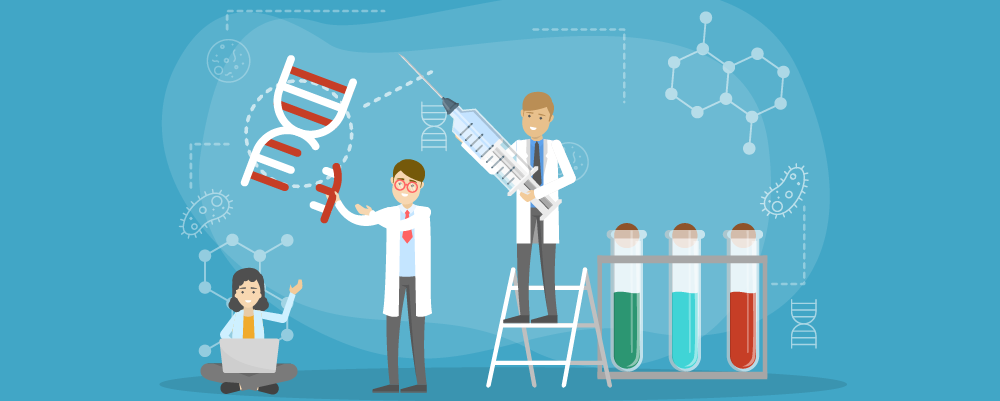
Advantages of Gene Editing and Why CRISPR Is Such a Big Deal
- Healthcare
- March 27, 2023
Gene editing is a process of modifying the DNA sequence of an organism. It involves making precise, targeted changes to the genetic code, either by adding, deleting, or replacing specific DNA segments. There are several methods of gene editing, but the most commonly used is the CRISPR/Cas9 system. Gene editing has the potential to treat or cure genetic diseases, enhance food security, and improve the quality and productivity of crops. Scientists also use it in research to better understand the function of genes and their role in disease development.
The Advantages of Gene Editing
Treating genetic diseases: Gene editing can correct genetic mutations that cause diseases, such as sickle cell anemia, cystic fibrosis, and Huntington’s disease. By repairing or replacing the faulty gene, it may be possible to cure or alleviate the symptoms of these conditions.
Improving agriculture: Gene editing can create crops resistant to pests and diseases, have a longer shelf life, or are more nutritious. It could help to address food shortages and reduce the use of pesticides and other harmful chemicals.
Advancing medical research: Gene editing can create animal models of human diseases. Scientists can study the underlying mechanisms of these conditions and test potential treatments. It can lead to the development of new therapies and cures.
Conserve endangered species: Gene editing can help preserve endangered species by increasing genetic diversity, improving disease resistance, and preventing inbreeding.
Creating new therapies: Gene editing can create new therapies, such as CAR T-cell therapy, which uses genetically modified immune cells to target cancer cells. Other potential uses include gene therapies for genetic diseases and vaccines that protect against infectious diseases.
Benefits of Using Clustered Regularly Interspaced Short Palindromic Repeats (CRISPR) for Gene Editing
Precision: The technology allows scientists to edit specific genes with remarkable precision. It enables the targeted editing of DNA sequences with accuracy, which reduces the likelihood of off-target effects, making it a much safer and more effective tool.
Versatility: The tool is versatile, and scientists can use it to edit the genes of many organisms, including plants, animals, and humans. It opens up many possibilities for research and development of new treatments for genetic disorders.
Efficiency: According to the National Cancer Institute, the tool is more efficient than other gene editing methods, making it easier and faster to edit genes.
Accessibility: The technology is relatively cheap and easy to use compared to other gene editing tools. It means more researchers can use it to study genetics and develop new treatments for diseases.
Potential for personalized medicine: The precision and versatility of the technology offer the potential for personalized medicine. Researchers can use the technology to develop gene therapies that target specific genetic mutations, offering hope for treating genetic diseases that have been difficult to treat in the past.
Improving crop yields: The technology can improve crop yields by editing the genes of plants to make them more resistant to pests, diseases, and environmental stressors.
Conclusion
Clustered Regularly Interspaced Short Palindromic Repeats technology is a powerful gene editing tool with the potential to revolutionize medicine, agriculture, and many other fields. Its precision, versatility, efficiency, and accessibility make it an invaluable resource for researchers and scientists.